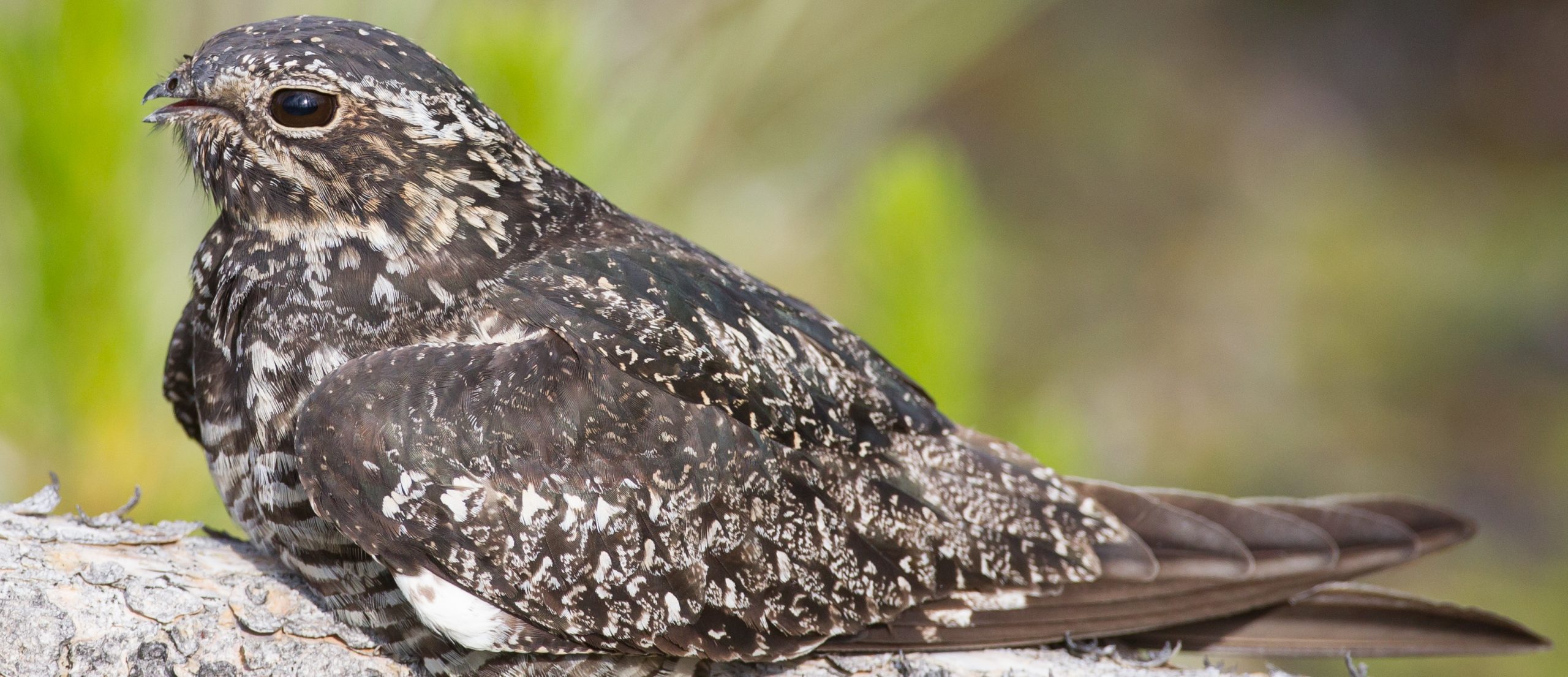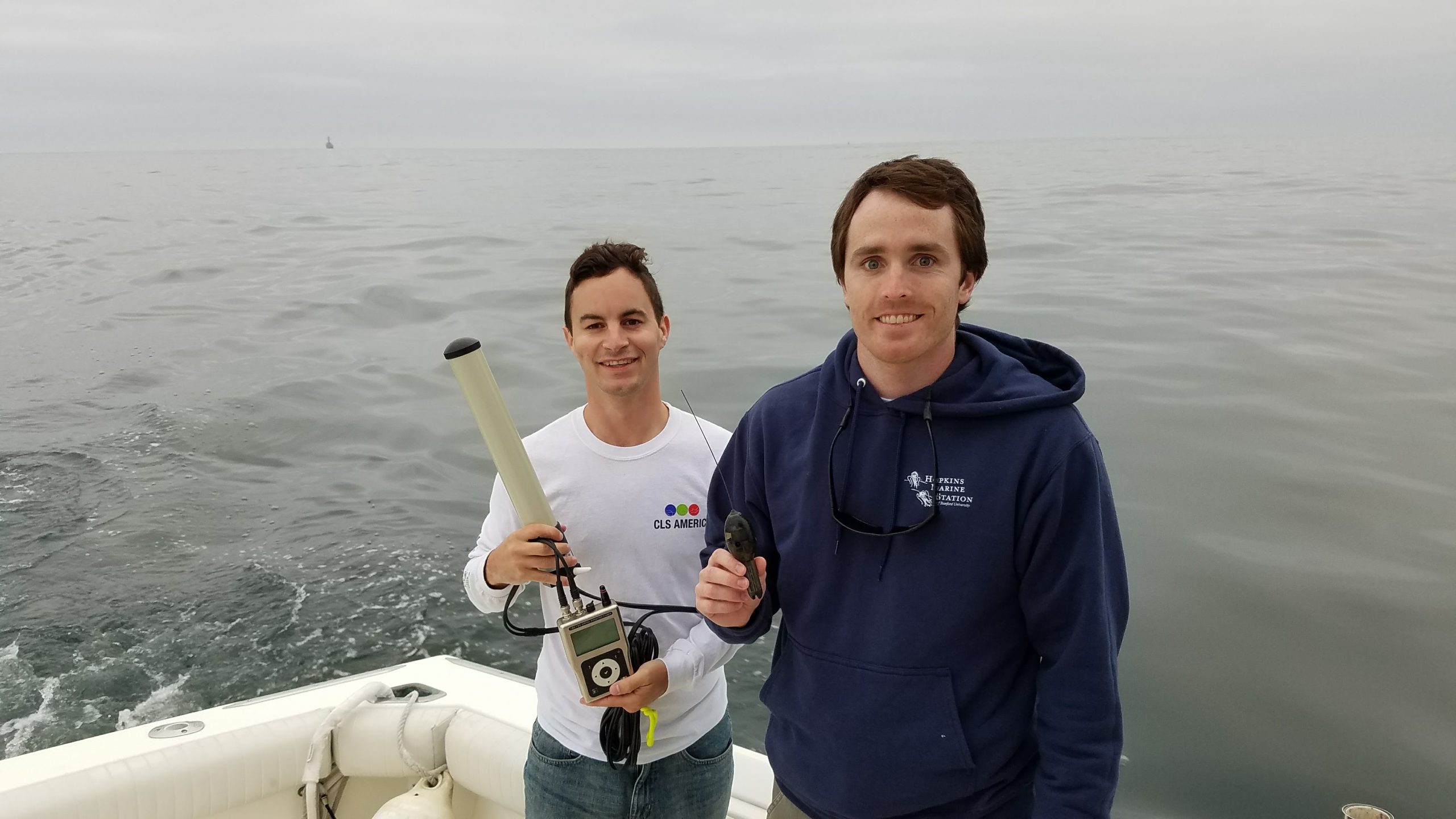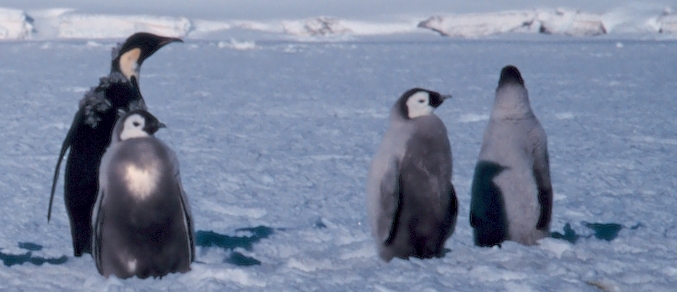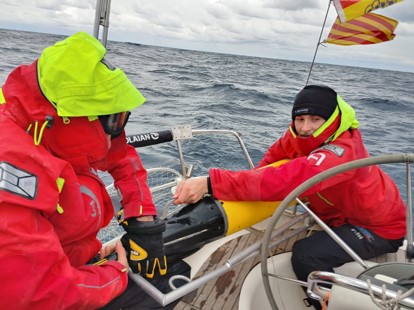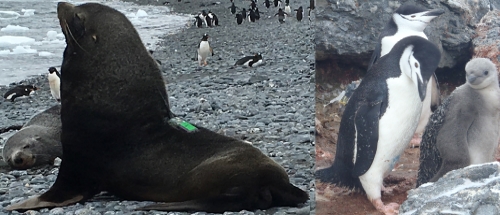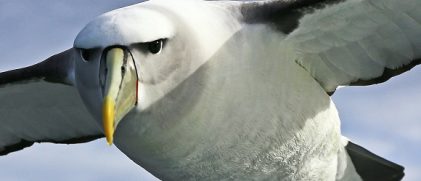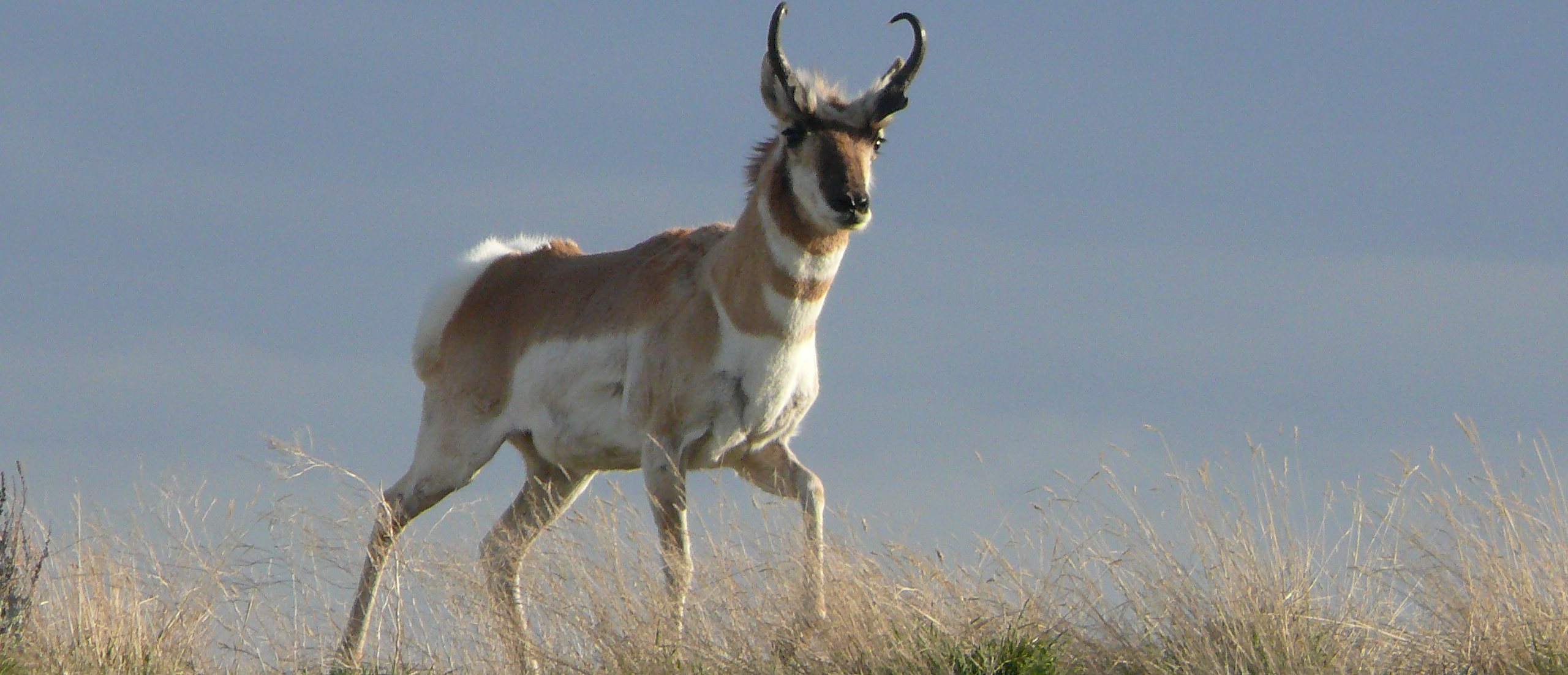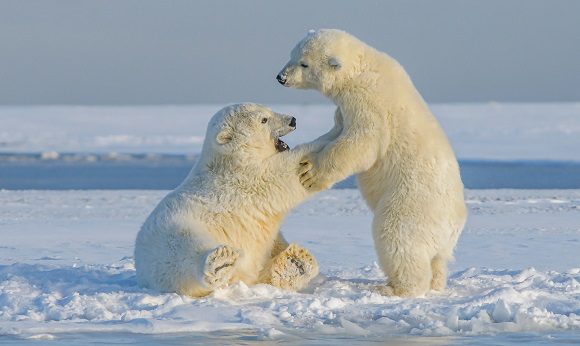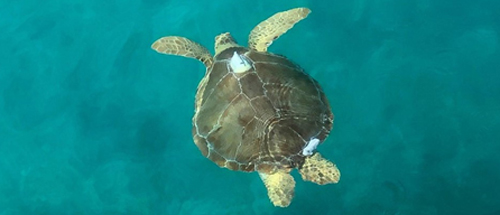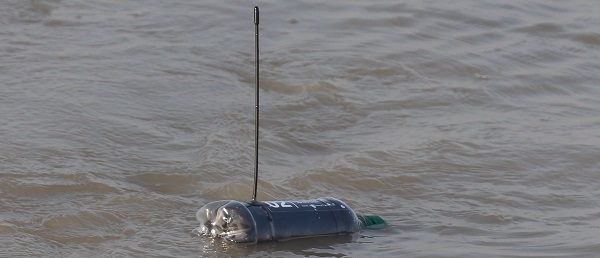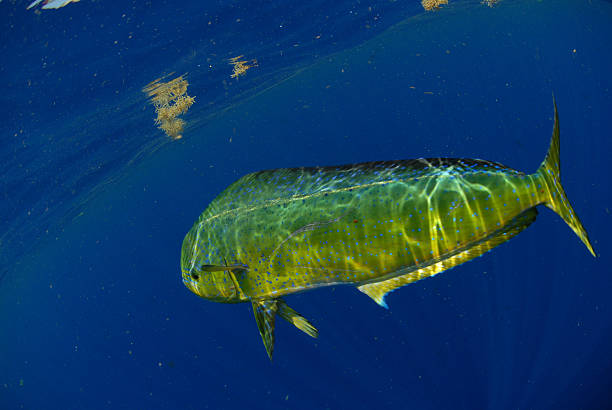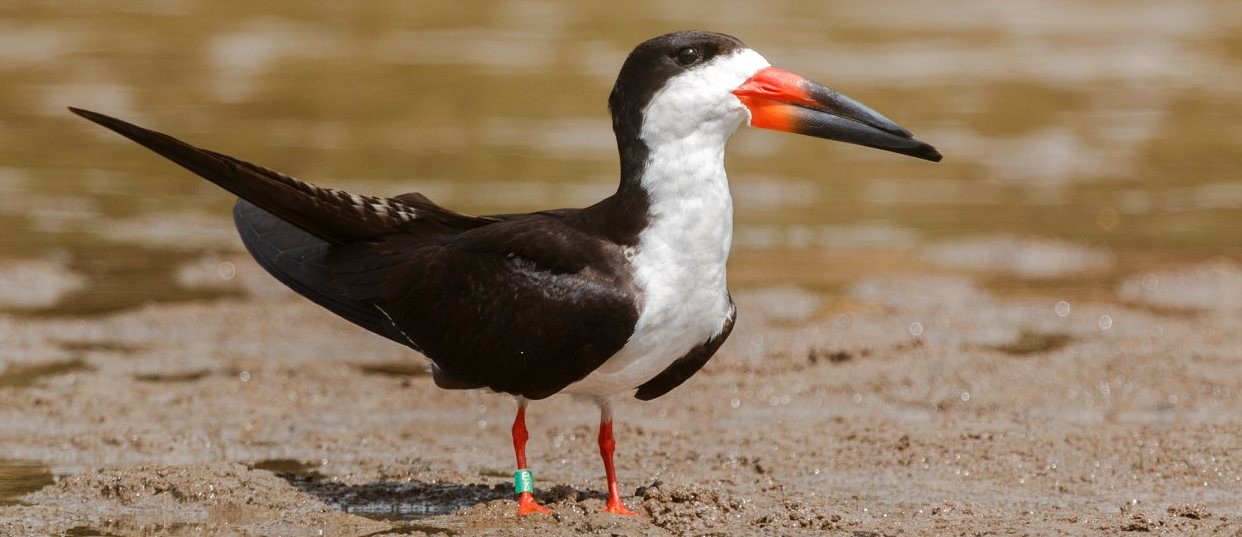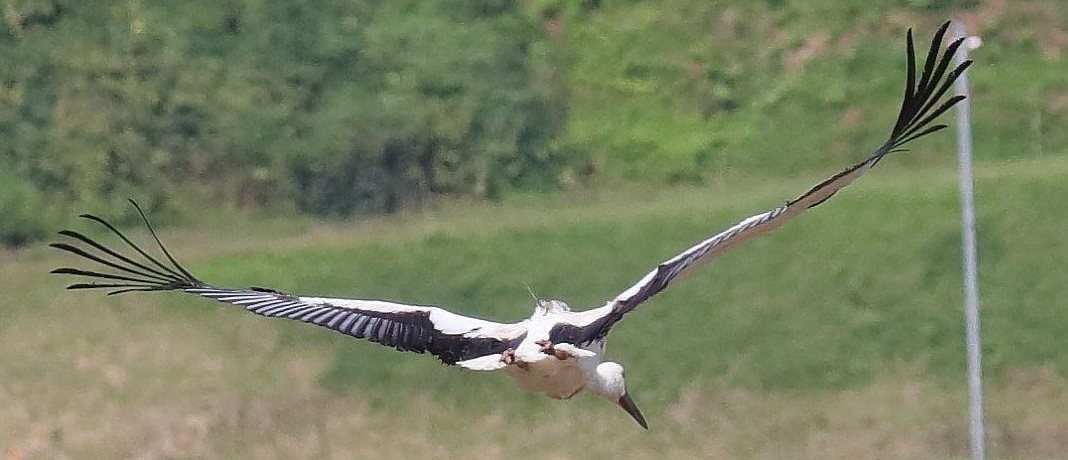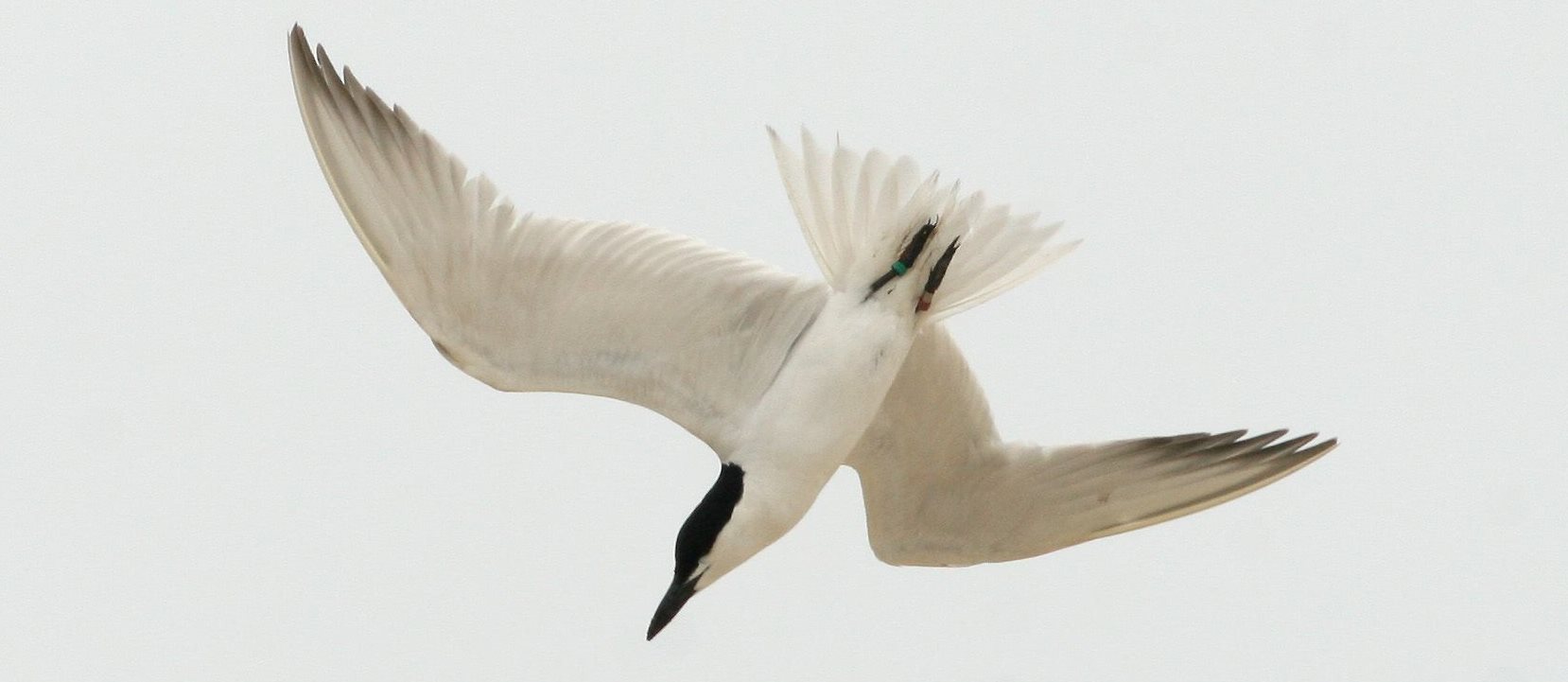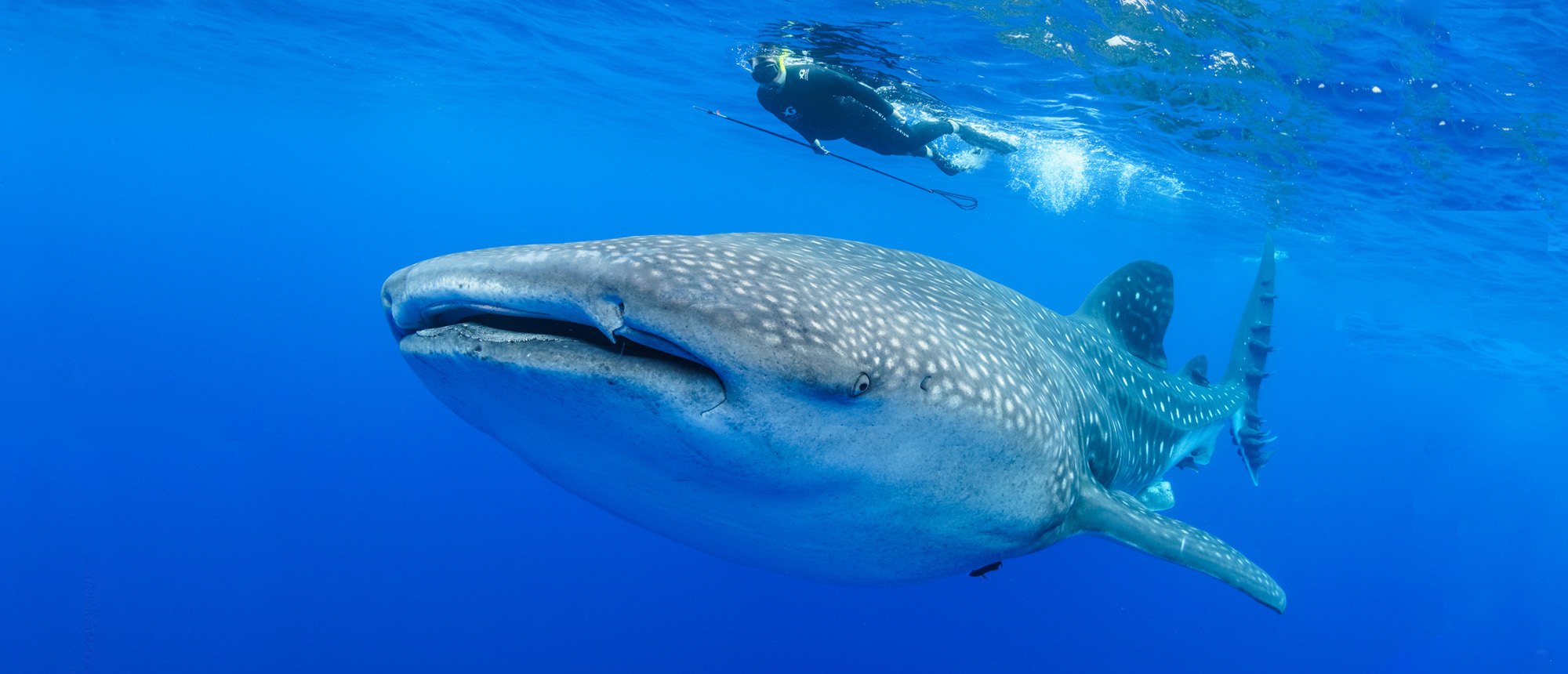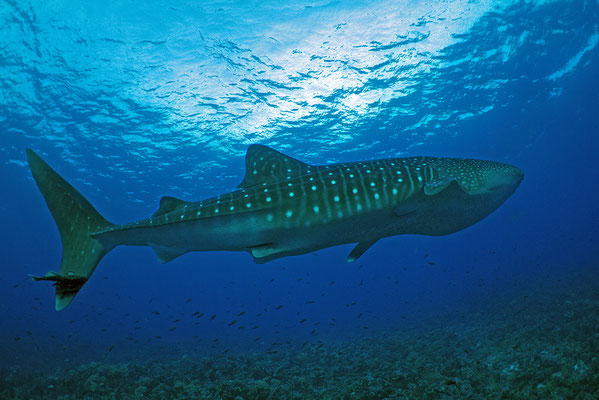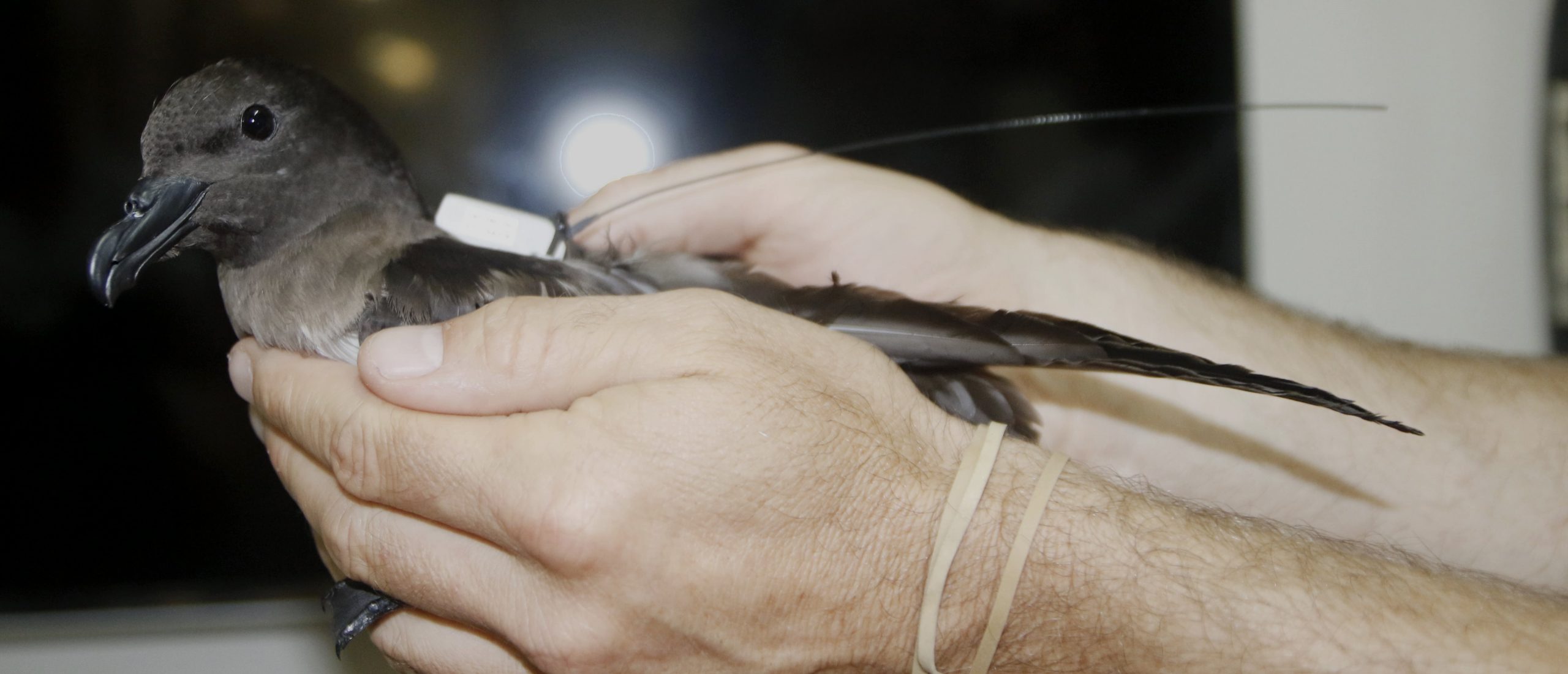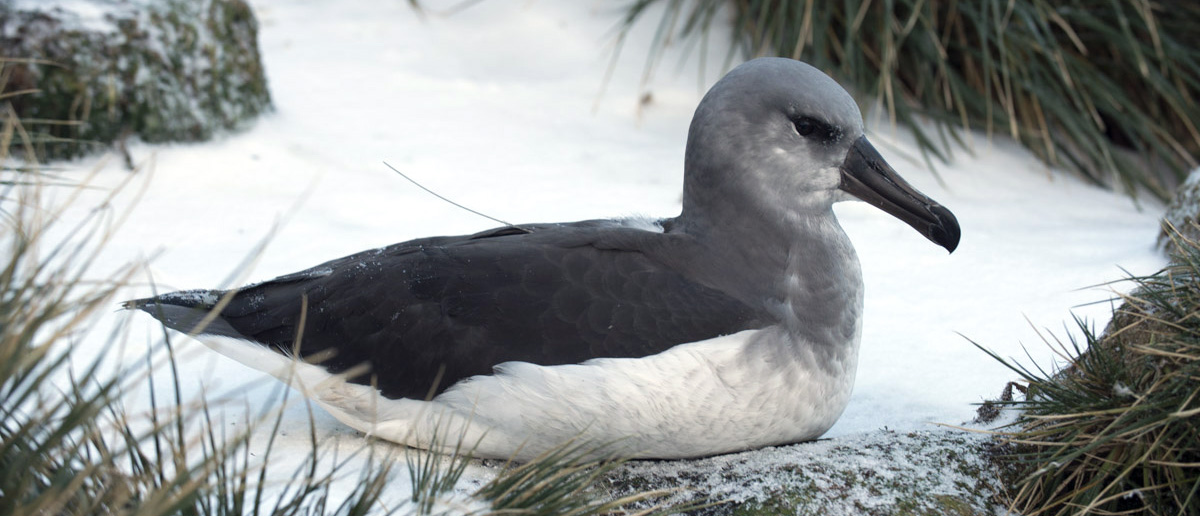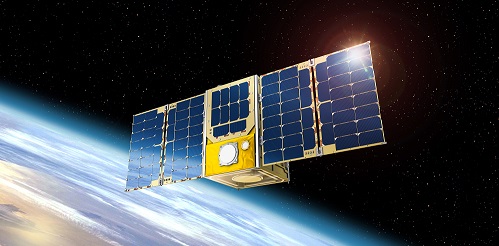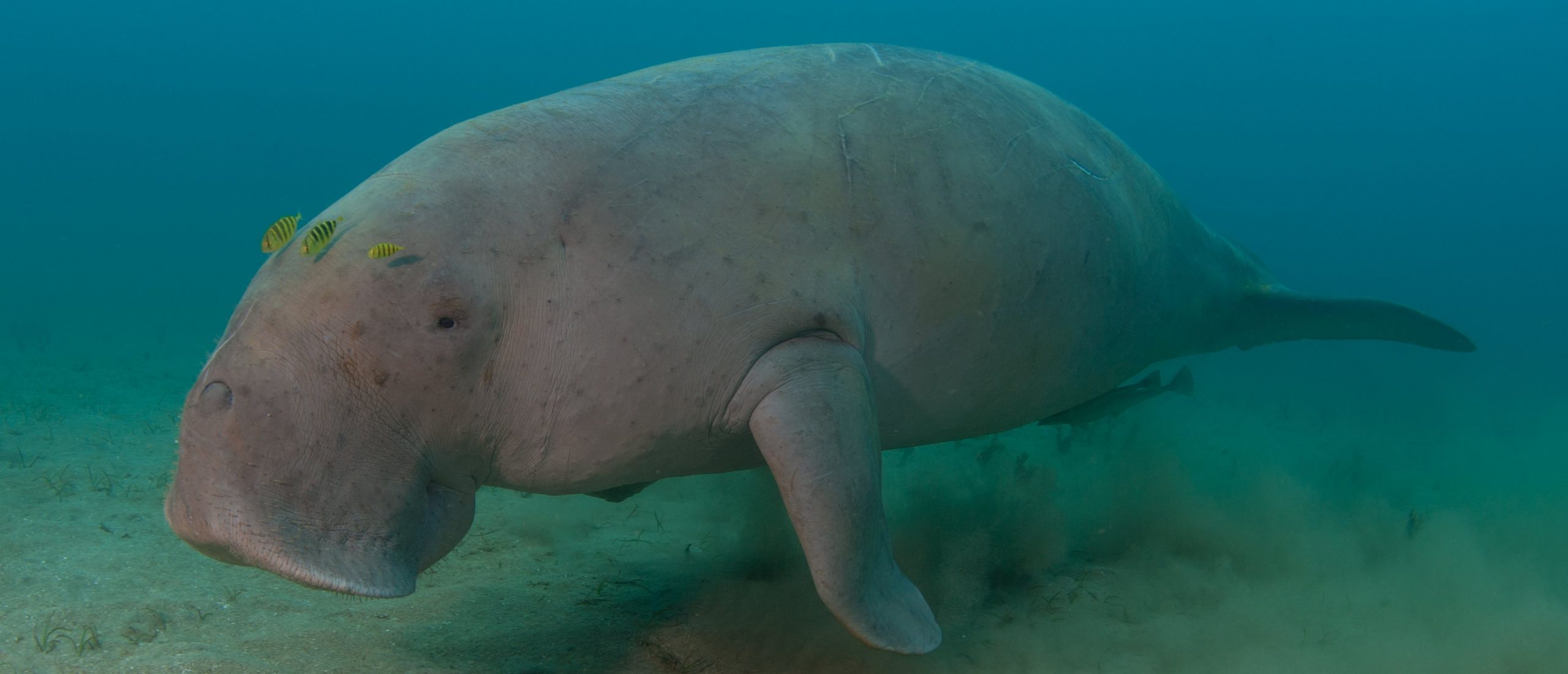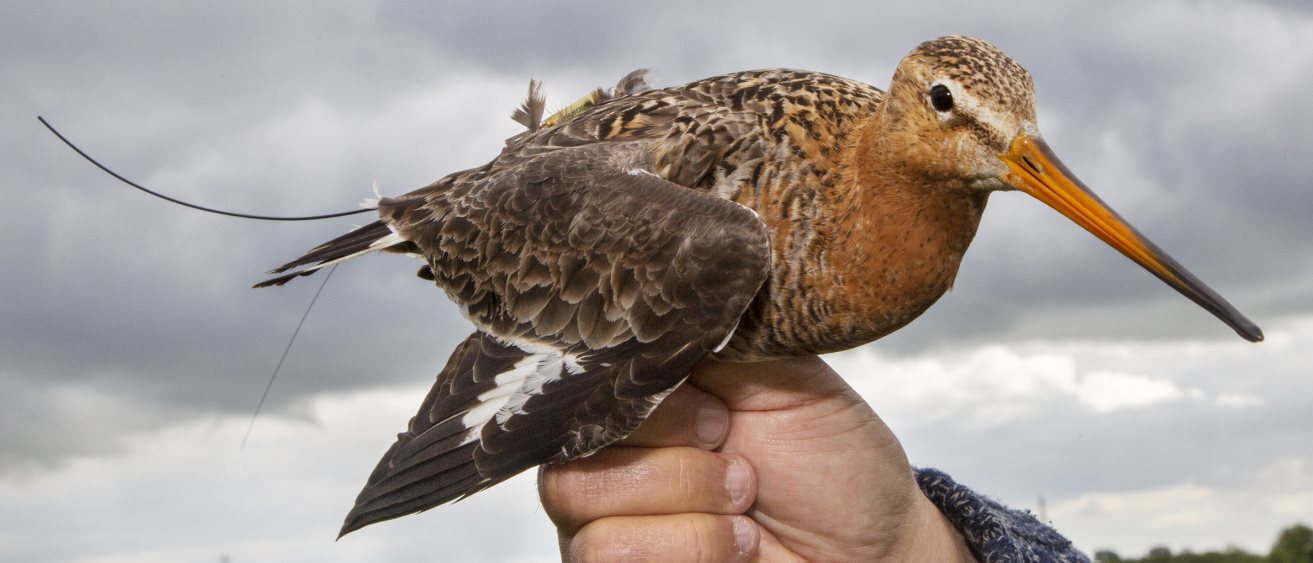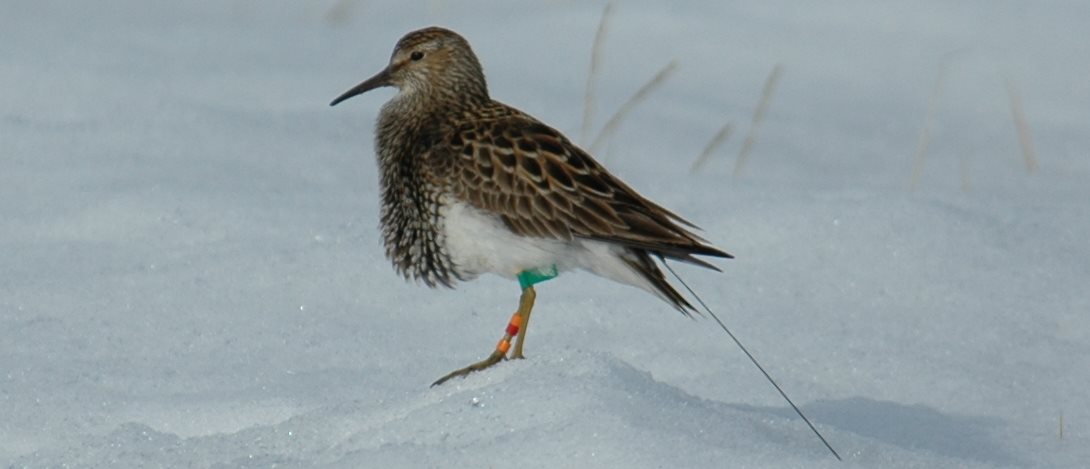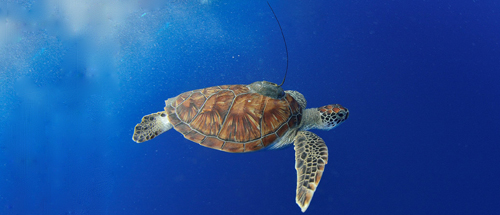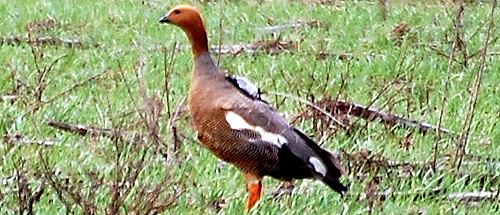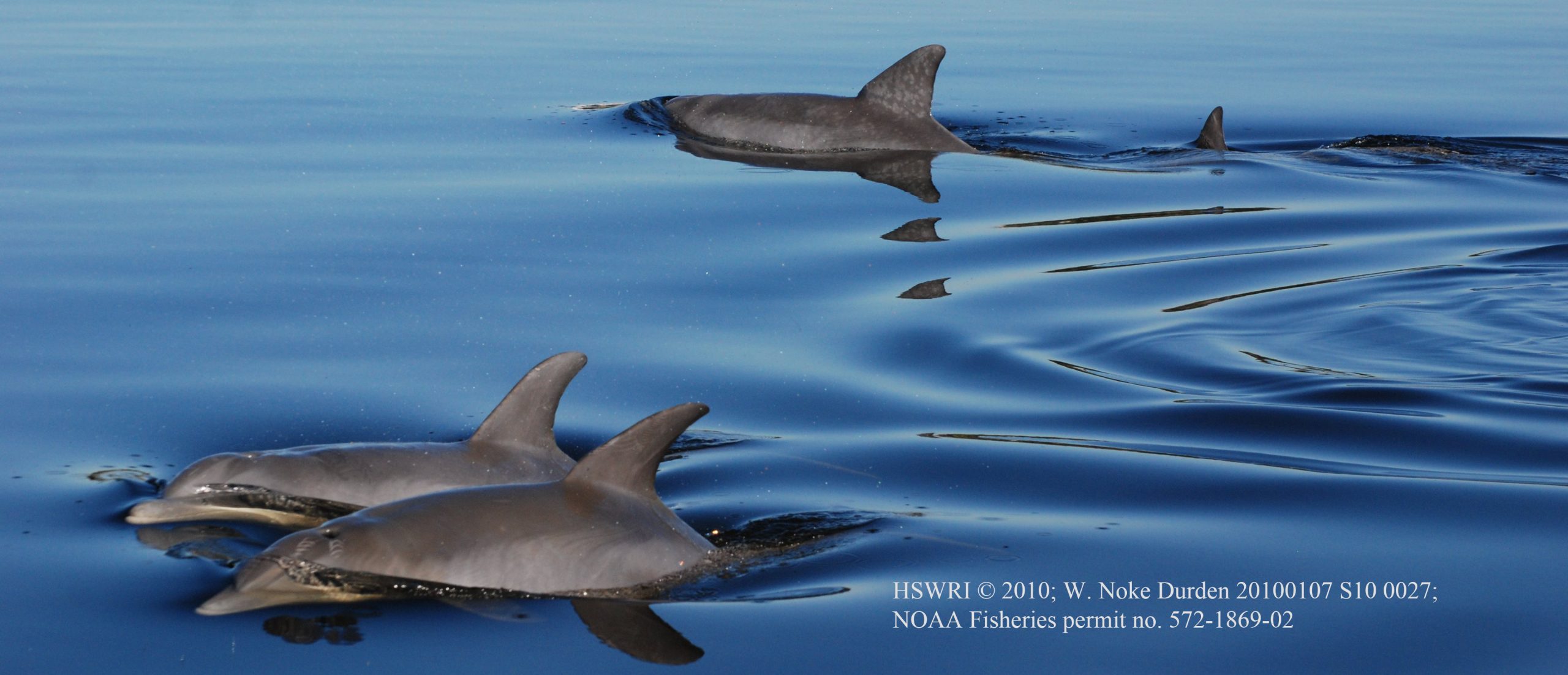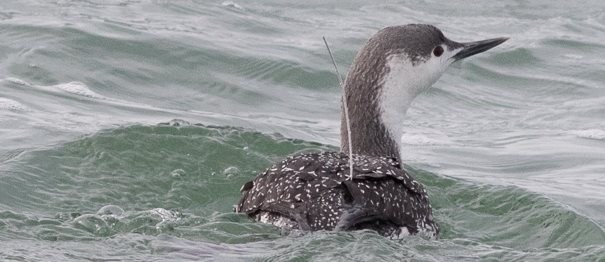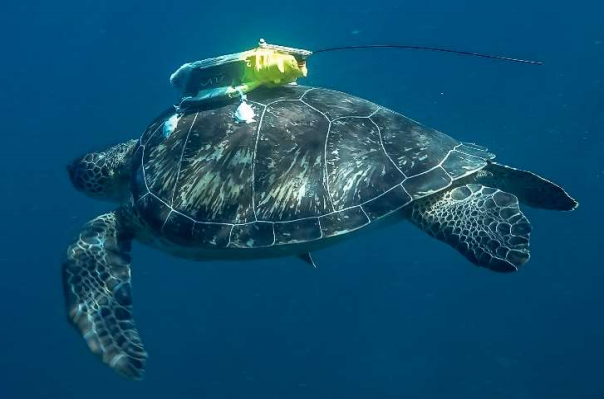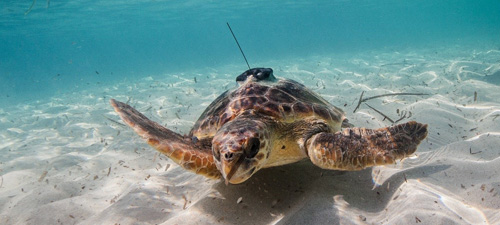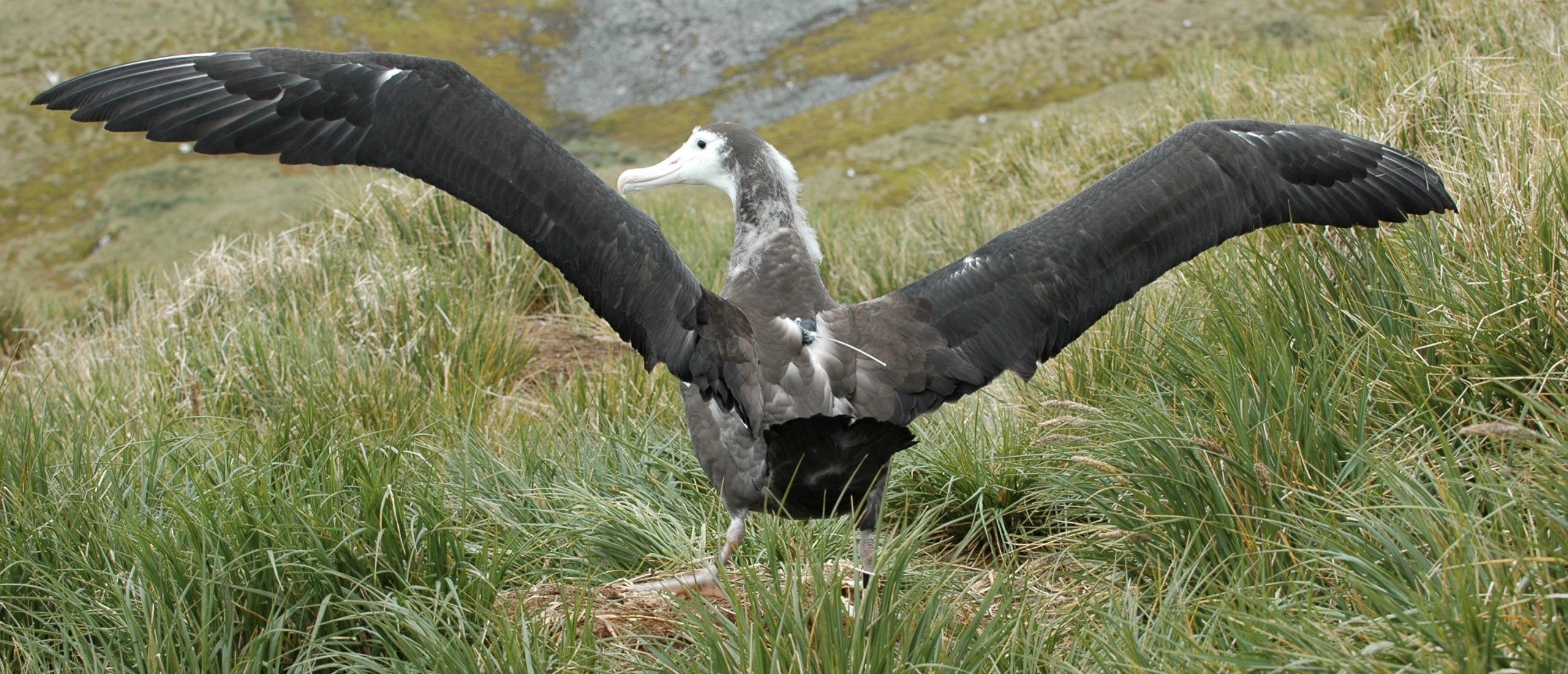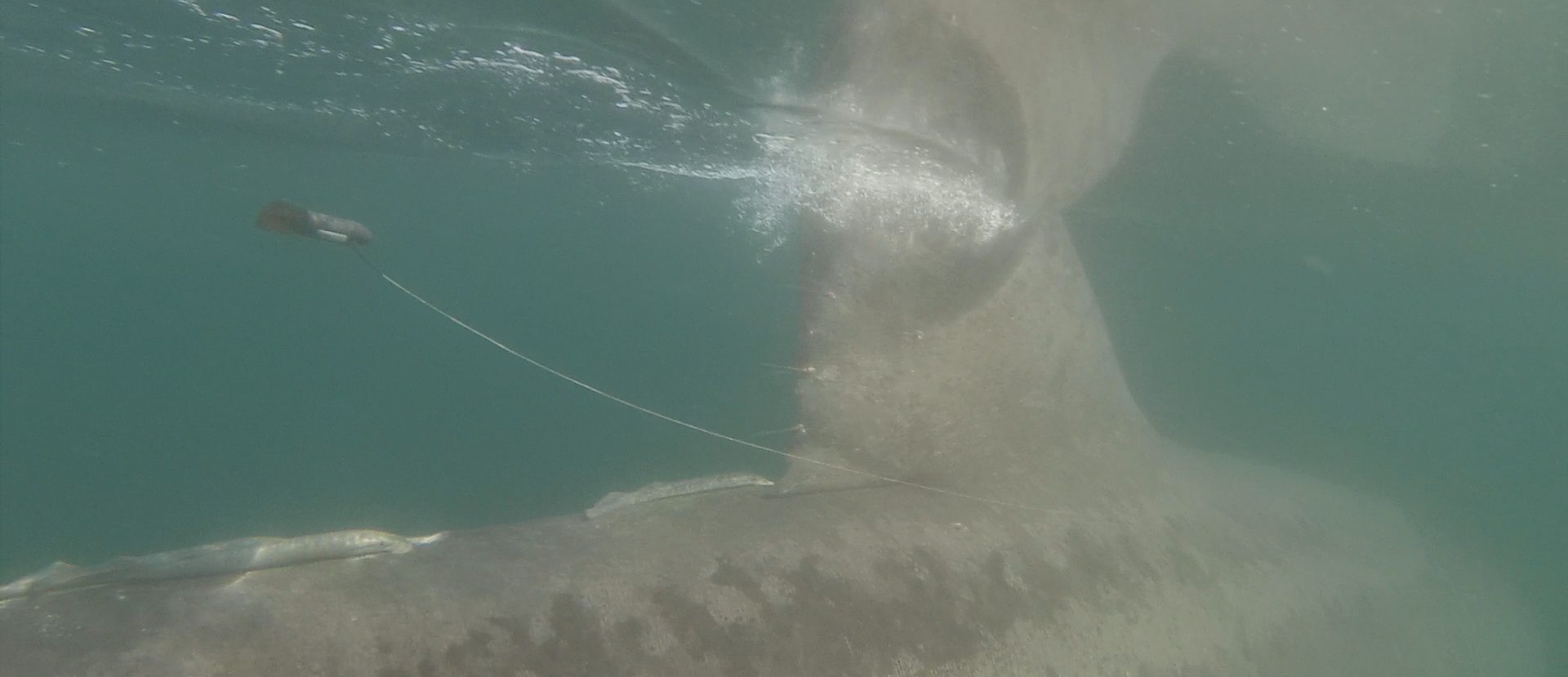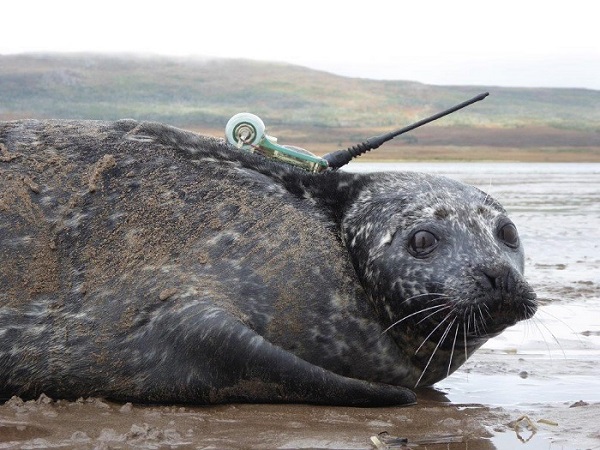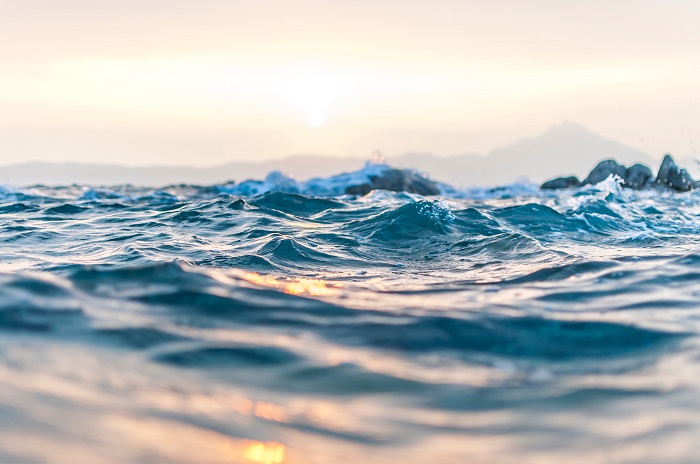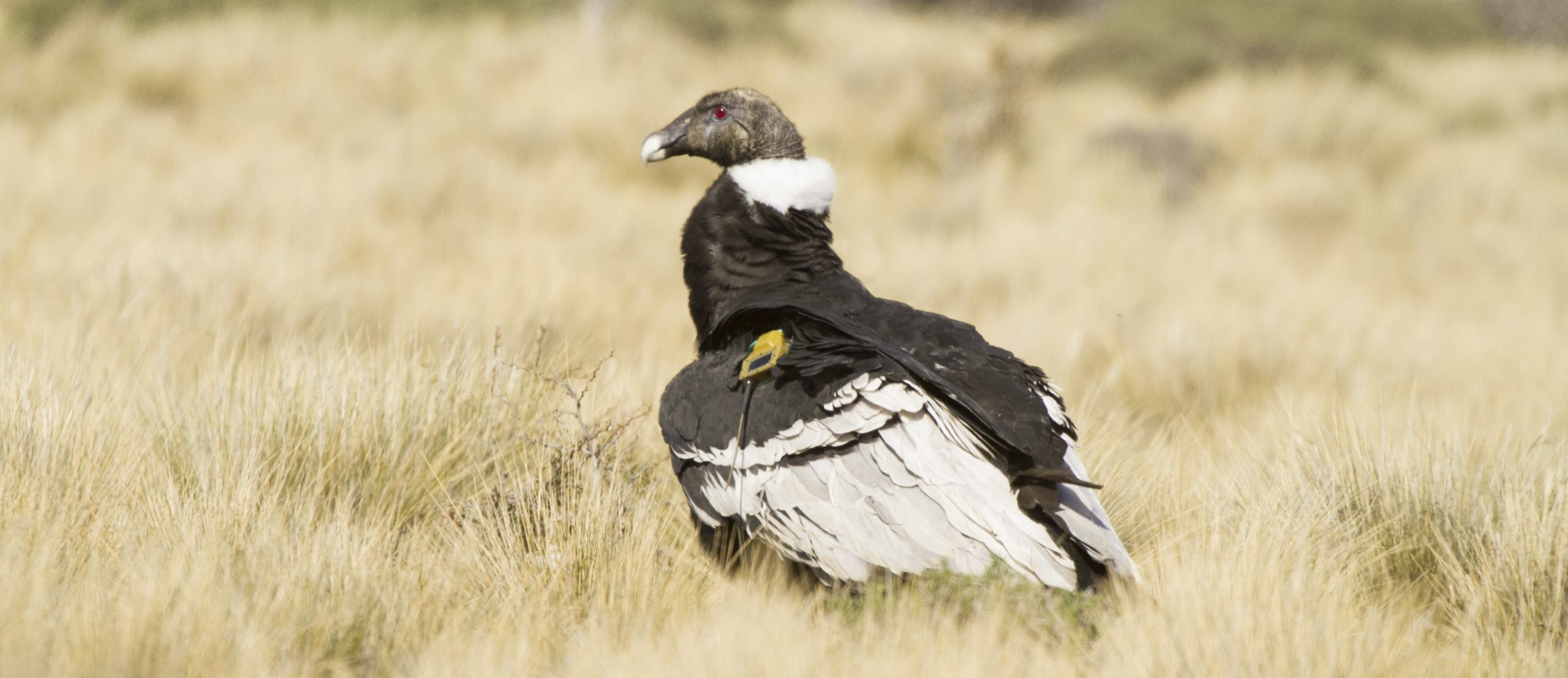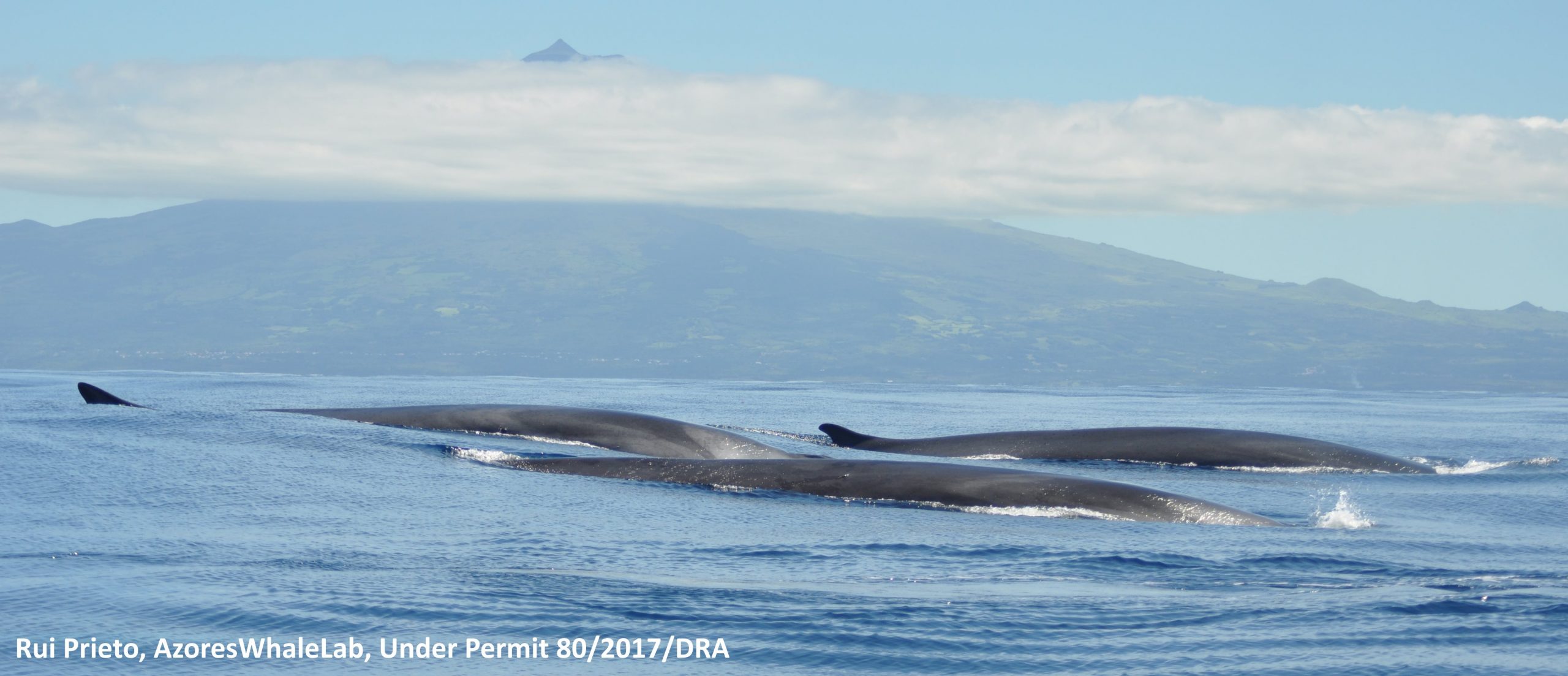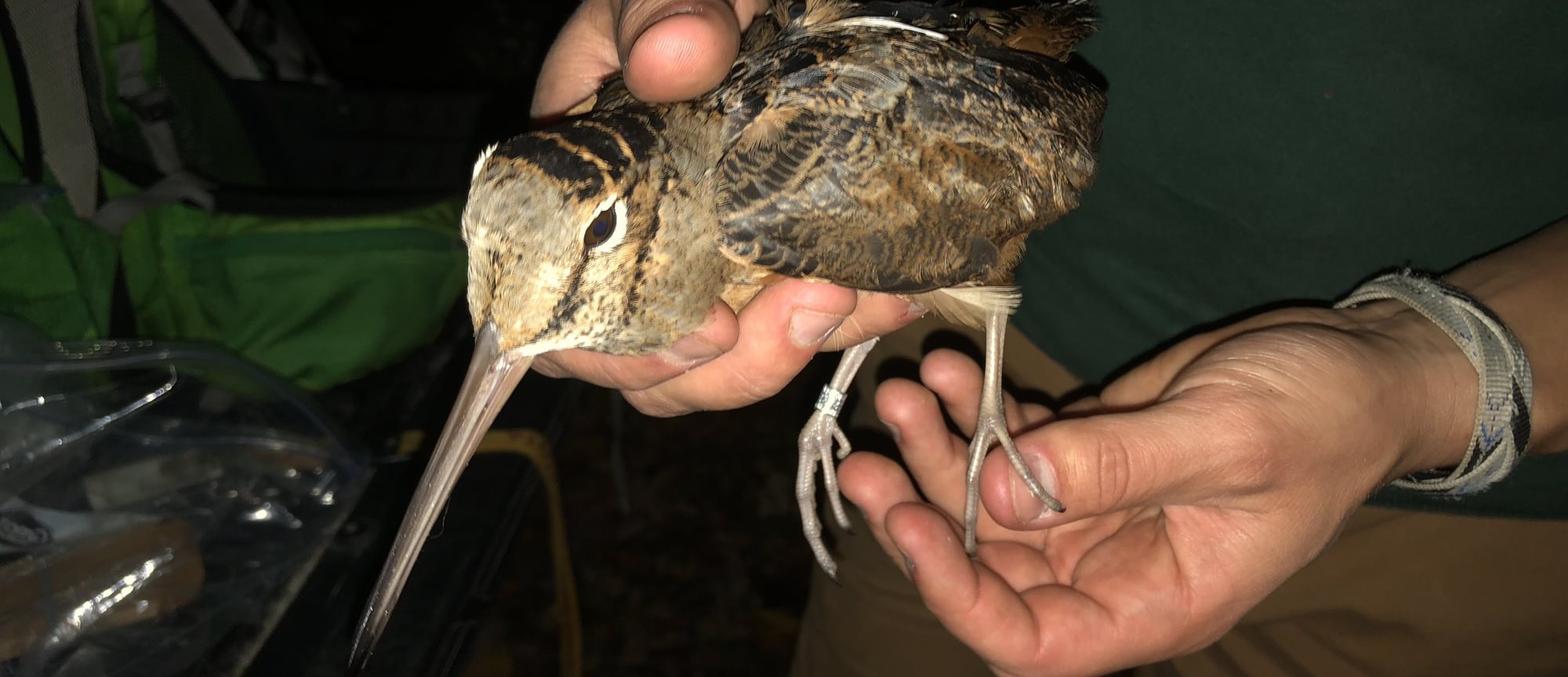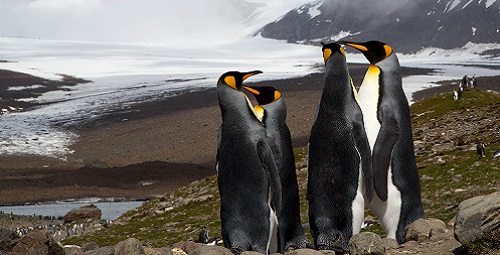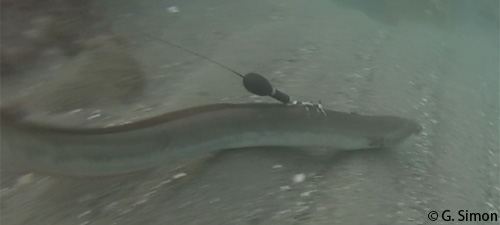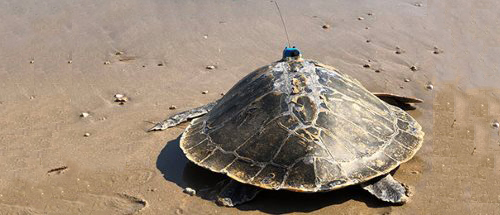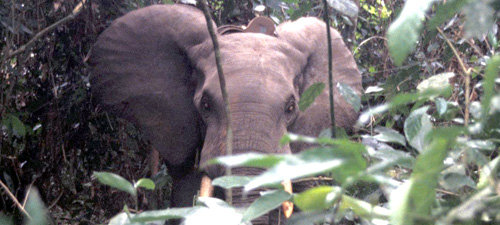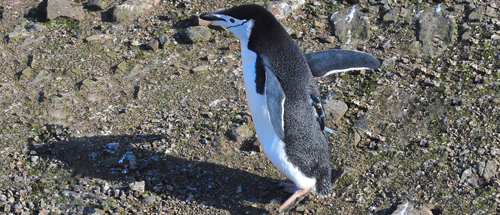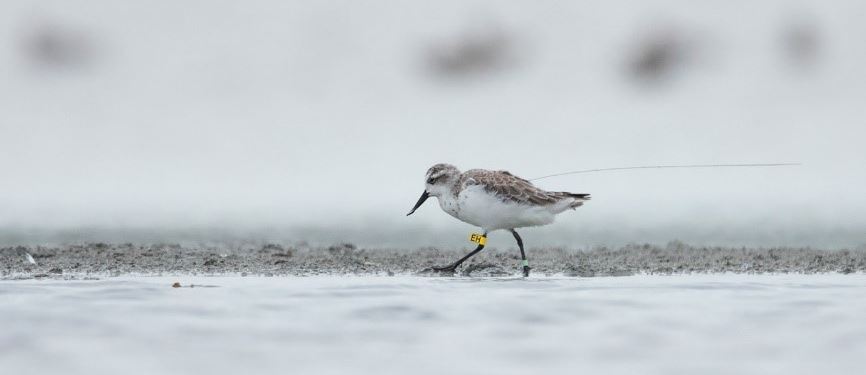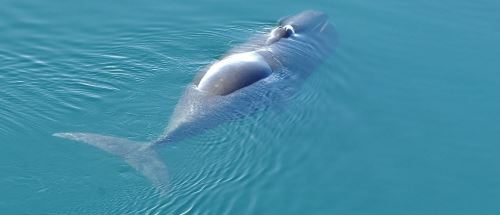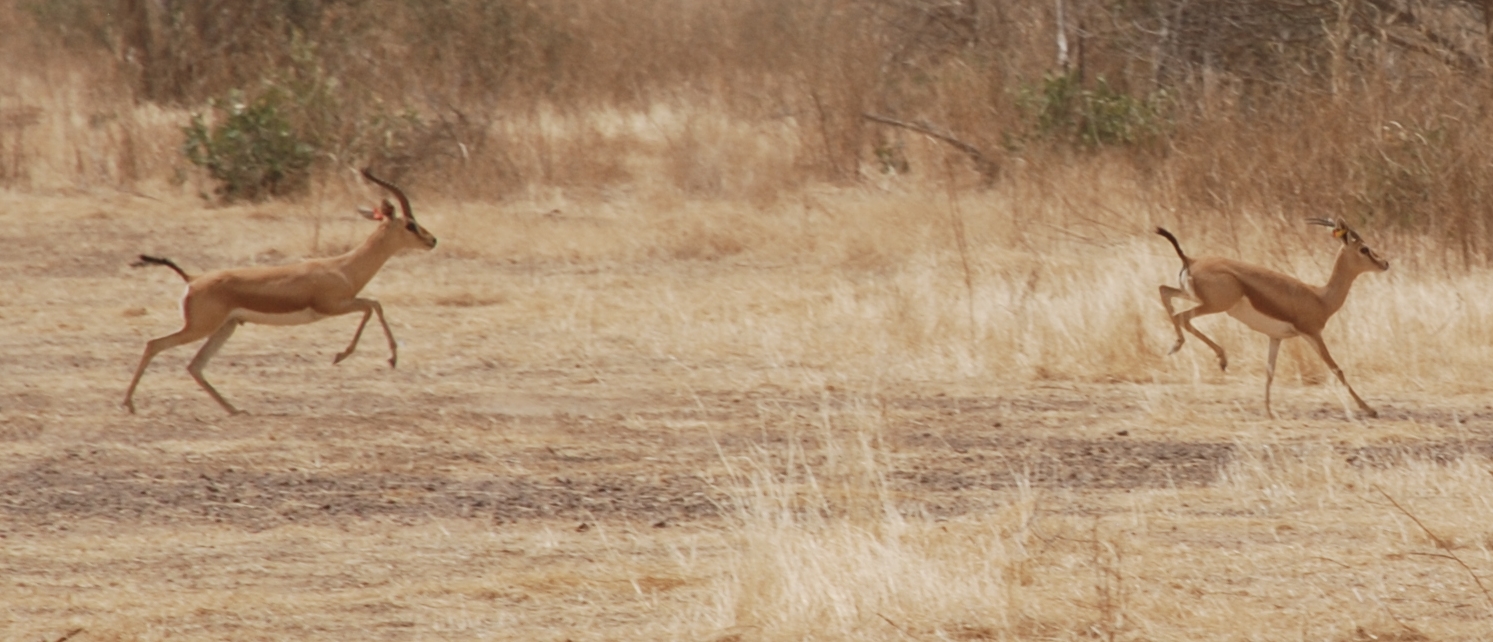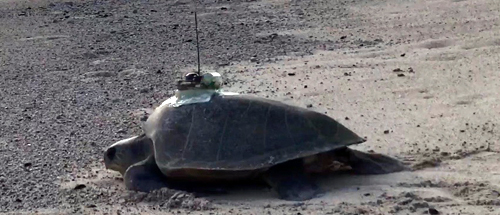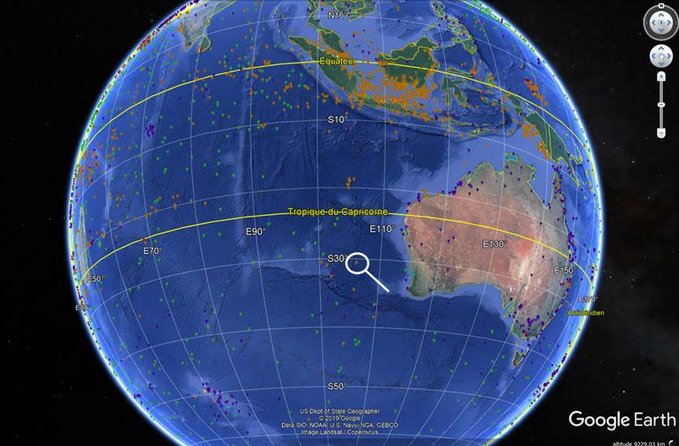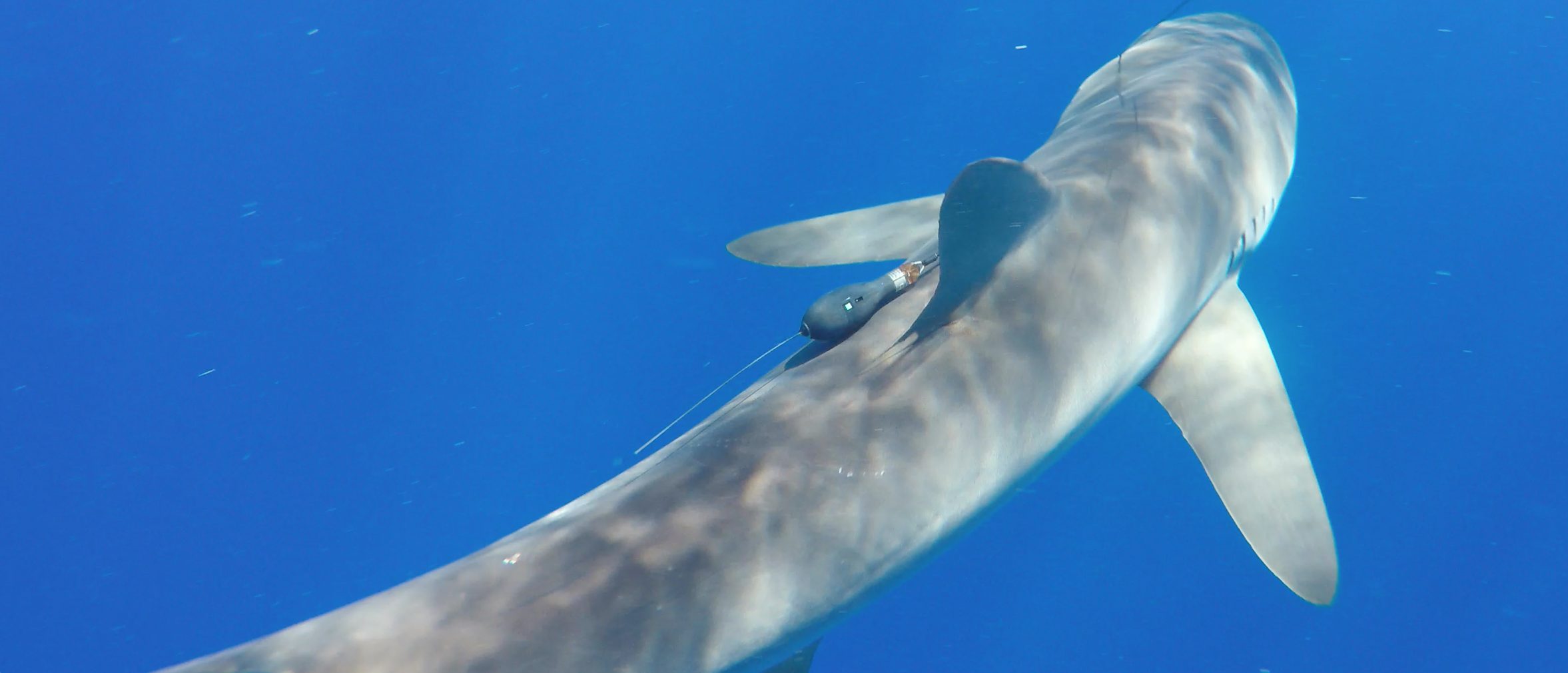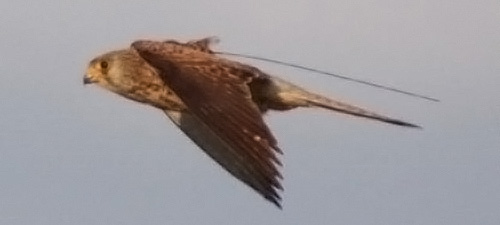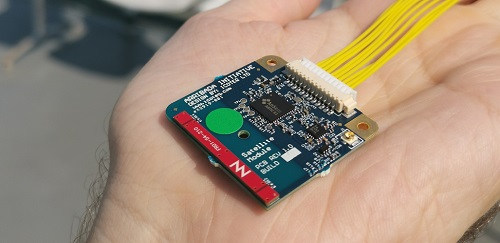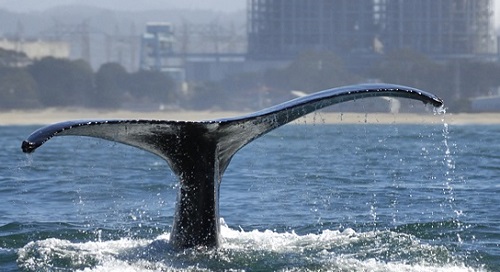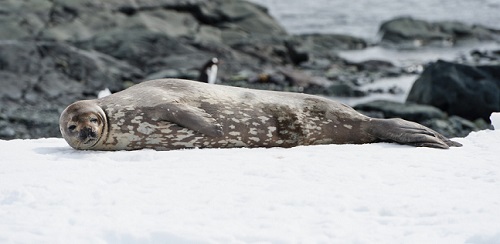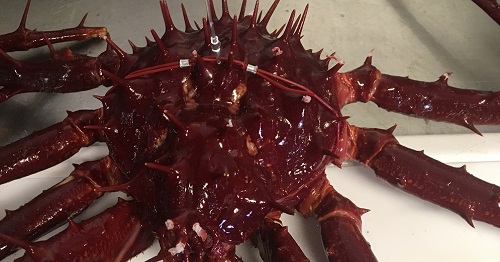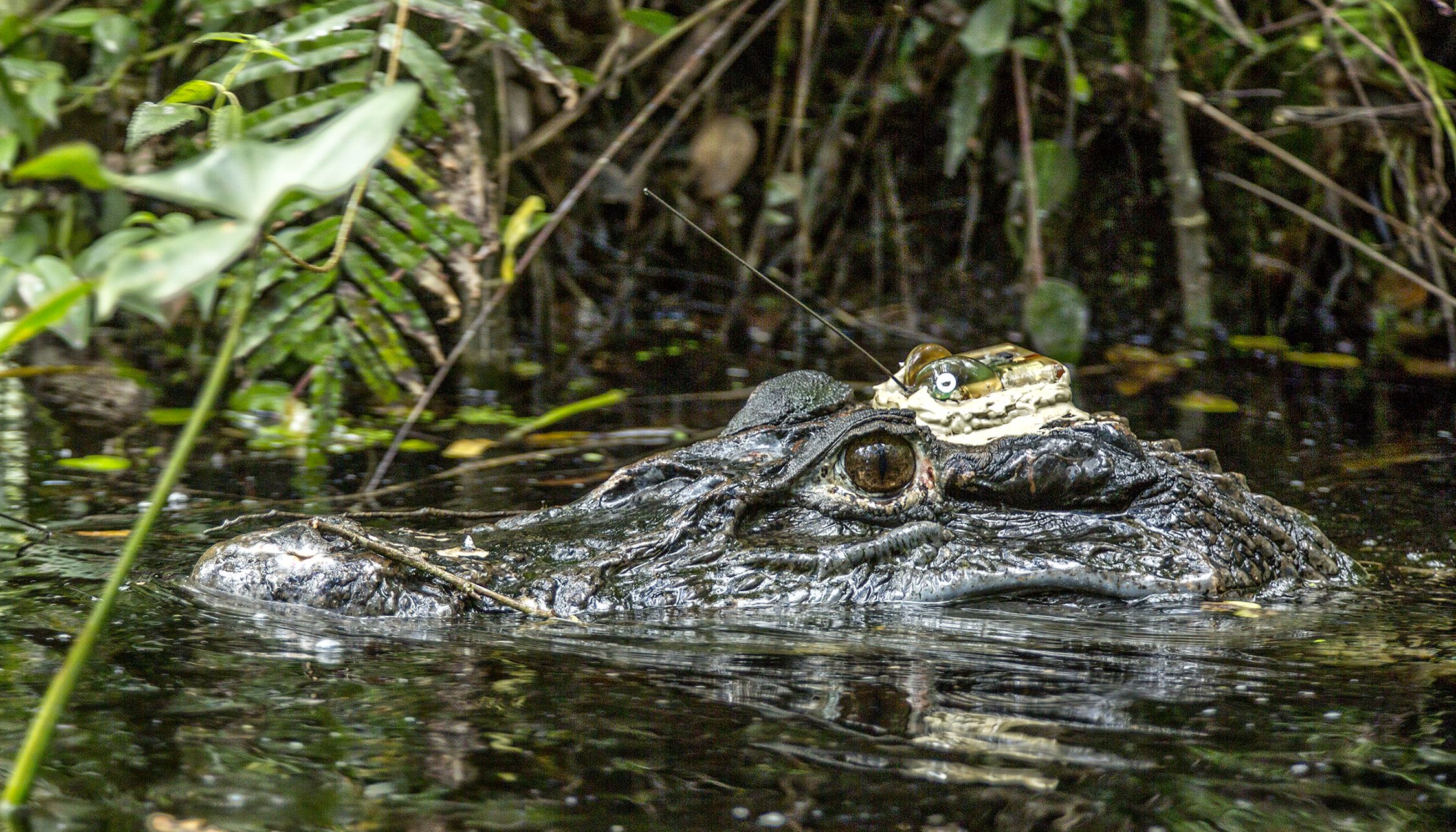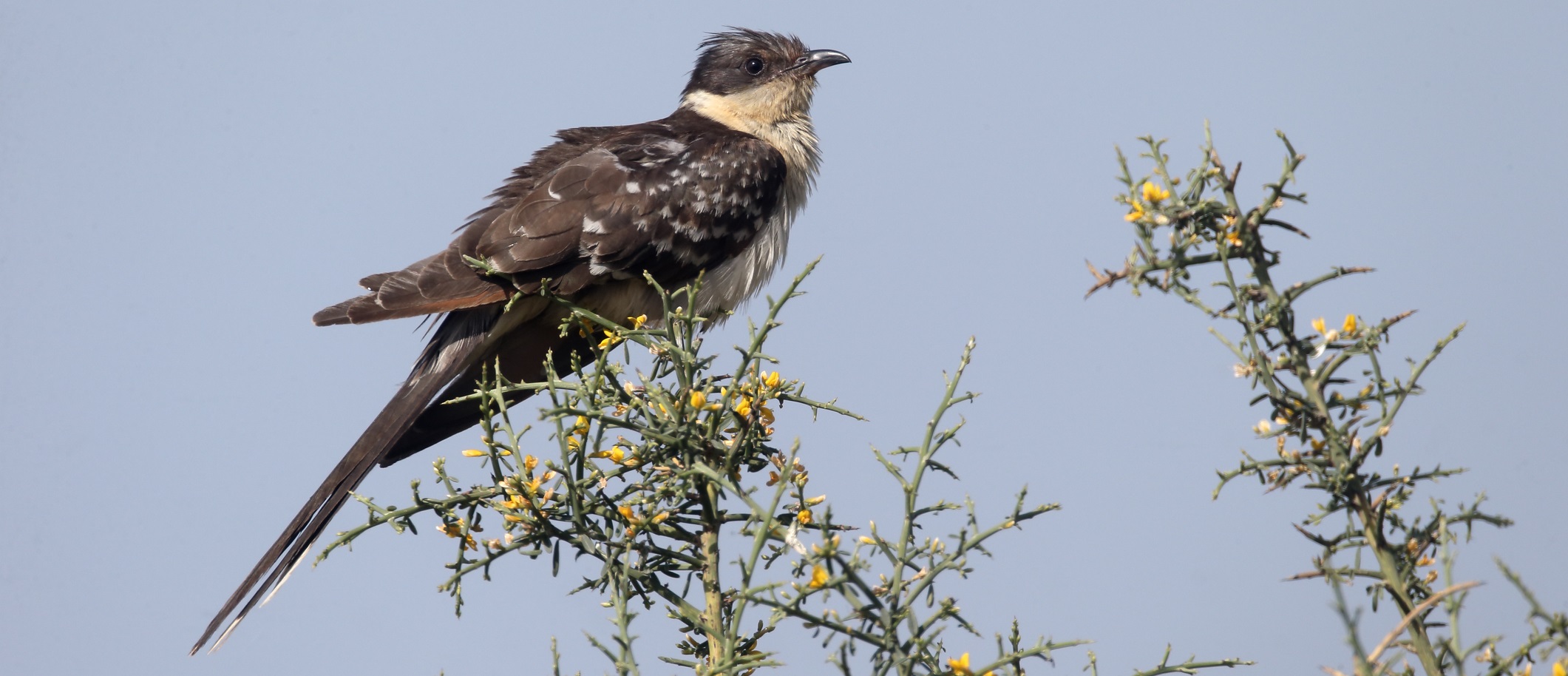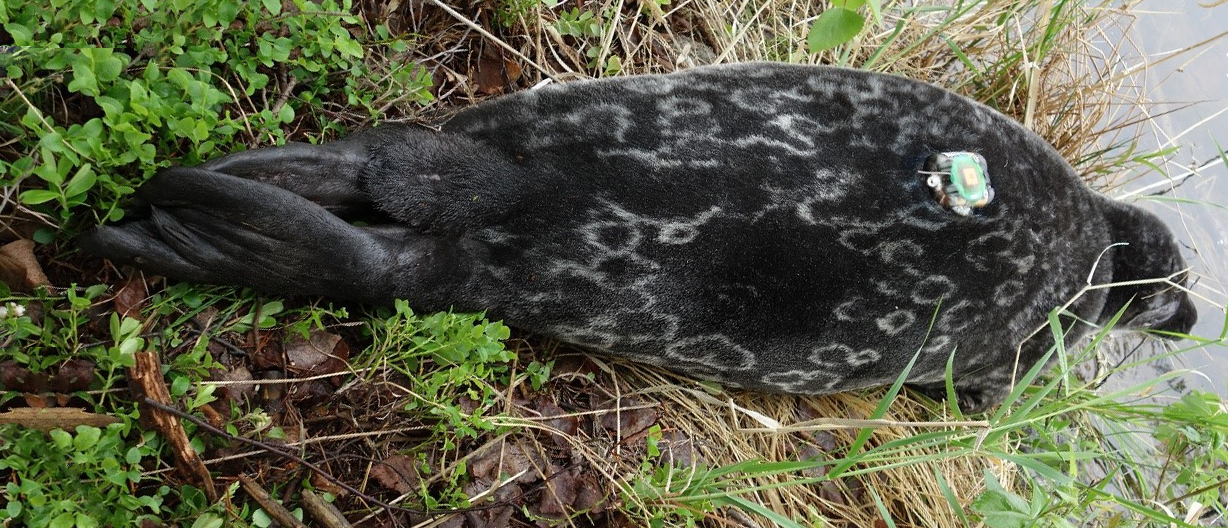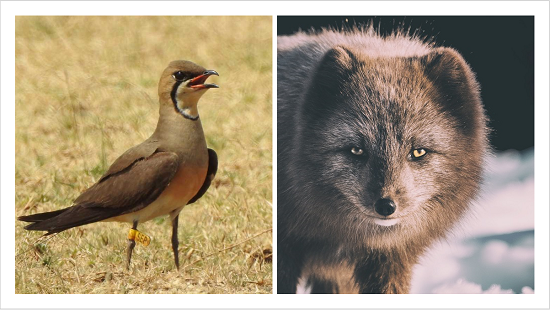Argos News - Page 3
Search filters
Backstage Pass: Kinéis Constellation Update
If you had to describe Argos in two words, what it would be? According to Michel Sarthou, Chief Technical Officer at Kinéis, former Head of Argos space segment at CNES (French Space Agency) it would...
Common Nighthawk Populations Do Not Stay Apart During Migrations
The common nighthawk is an American migratory bird, traveling long distances between North America and Tropical South America. For their conservation and understanding, biologists study if their...
3 Top Tips for Using Your Goniometer with Thomas Gray
Thomas Gray joined the Argos team in 2016 and has quickly become our go-to person on all things Goniometer. He brings ten years of sales and marketing experience in the underwater tech realm...
Argos Helps in Revealing How Juvenile Emperor Penguins Learn to Feed
Emperor penguins and their young are emblematic of Antarctica. Argos satellite telemetry enabled to track the adults quite early. Now the scientists are looking at how the juveniles are learning to...
Lost Glider at Sea Found Thanks to Argos and Goniometer
Gliders are valuable platforms in terms of equipment but also in terms of the vital information they collect. It is therefore not surprising that many of them are equipped with small Argos beacons...
How Male Antarctic Fur Seals Compete With Fisheries and Penguins for Krill
Krill is at the base of the food-chain near Antarctica. It is also fished, with regulations enforced in regions where endangered species are also feeding on it. However, other species can also...
Argos Forum #87 | Biodiversity: Increasing our knowledge from space
Record-Breaking distances revealed by Argos, Spoon-billed Sandpipers, long-range travelers, Sea turtle ecology: a novel solution to increase knowledge using Argos, etc.
Pronghorn Migration Across Borders and Human-Made Landscapes
Mapping of ungulate migration habitat is important for their conservation. Pronghorn are an endemic species of North America (Canada, USA, and Mexico), migrating between different regions. Satellite...
Feedback from the Field: Kineis, the Future of Argos
"The new system looks very promising for us. I think it’s a great step forward, this is a major advancement which is coming at a critical juncture in the conservation of polar bears as the climate...
How Endangered Species Such as Marine Turtles Use Marine Protected Areas?
Marine Protected Areas are one of the main instruments for endangered species protection. Argos can help in defining their outlines to have the best impact, especially when a large number of tracks...
Tracking Plastic Bottles from Rivers to Ocean
Plastic in the environment, especially in the ocean, is a major pollution concern currently. If it is well established that most of it comes from land through rivers, how far and by which path? A...
The Argos Goniometer Recovers Data of a Tagged Fish Eaten by a Predator
Scientists Chiang, Wei-Chuan (Riyar) & Shian-Jhong Lin, from Eastern Marine Biology Research Center of Fisheries Research Center, Taiwan and Michael K. Musyl from Pelagic Research Group LLC,...
Modelling Amazonian Black Skimmers Habitat Use
The Amazon Rainforest is hard to reach, but home to a large number of species. Birds like the Amazonian black skimmers live apart of their life there, but move around a lot. Argos satellite...
Restoring Rice Paddies to Help Oriental White Stork Reintroduction Success in Japan
Considering the suitability of the environment is the key to successfully reintroduce a species in an habitat where it disappeared. Oriental white stork disappeared from Japan fifty years ago. The...
Gull-Billed Terns Keep Their Migration Route and Winter Sites from Year-to-Year
Migratory birds may keep the same routes and the same nesting and wintering sites from year to year. Such species may be all the more fragile if environmental changes occur. Argos satellite...
Whale Sharks Near Saint Helena Island, Atlantic Ocean
Whale sharks are found in all tropical waters around the globe, including in the Atlantic Ocean. Some places could host their reproduction, thus being critical places to protect and potentially...
Argos Data Provides Shocking Evidence to Legitimize Marine Protected Areas
Since 1978 the ARGOS System has been used to improve scientists’ knowledge regarding animal behavior. However, Whale Sharks remain one of the biggest mysteries of the Oceans but thanks to technology...
Unveiling the Mysteries of a Scarcely Known Seabird, the Beck’s Petrel
Some species can be mostly unknown even nowadays. Beck’s petrel, a seabird living around Papua-New Guinea island is among them. Understanding where they breed, live can enable to protect them. Argos...
CLS Response to COVID-19
In an unprecedented context, France has had to take strict measures once again to protect its citizens. CLS is committed to providing its full support in the fight against the spread of the virus....
Is Tracking Marine Animals Really Useful for Their Conservation?
One of the most frequent rationale to fit animals with tracking devices is to help in conservation actions and regulations. In the case of marine animals, is this argument only (or mostly) a wish,...
[WEBINAR] Animal Tracking: The Future of Wildlife Telemetry is Coming
Since 1978, the Argos Data Collection System has served the international wildlife community. With the Kinéis constellation carrying onboard Argos-4 instruments, the metamorphosis of ARGOS is...
ANGELS Satellite Operational from 13th October 2020
As you all know, on December, 18th 2019, the successful launch of the first ANGELS nanosatellite, developed by CNES, HEMERIA and Thales Alenia Space, ANGELS marked the beginning of the metamorphosis...
Dugong Movements and Habitat Use in Coral Reef Lagoons
Dugongs are vulnerable herbivorous marine mammals living in tropical and subtropical coastal waters, including in coral reef lagoons. Their behaviour there is however little known. Argos enabled to...
Black-Tailed Godwits’ Different Migration Behaviours
Migratory birds from a given species are frequently observed to follow the same routes, and do so every year. Tracking different populations with Argos satellite telemetry shows a very different...
Winds Influence Where Male Pectoral Sandpipers Will Try and Breed
Some migratory birds change their breeding sites every year, or even several times in a season. Pectoral sandpipers are among them, and understanding their breeding behaviour thanks to Argos...
Juvenile Green Turtle Individuals Behave Differently, Satellite Telemetry Reveals
Tracking the behaviour of a large number of juvenile green turtles in contrasting environments using satellite telemetry enables to show behavioural differences across individuals. The green turtle...
Ruddy-Headed Geese, Endangered Sheldgeese on South American Continent
Ruddy-headed goose is considered regionally endangered in Argentina and Chile, since recent estimates indicate that population size is less than 800 individuals. Ruddy-headed geese were tracked back...
Tracking Bottlenose Dolphins by Night in Narrow Channels
Dolphins do have a nightlife, but visual observation techniques cannot fully capture this. Also, coastal populations of dolphins sometimes occupy complex, labyrinthine habitats. Here too...
Red-Throated Divers Move Away from Offshore Wind Farms
Argos can help in evaluating overlaps of human activities and protected aquatic bird habitats. With that information, the planning of new infrastructures such as offshore wind farms can take species...
Sea Turtle Ecology: A Novel Solution to Increase Knowledge Using Argos
An essential part of animal conservation is knowing and understanding their behavior. More than 500 turtles are tracked every month with Argos so that scientists can identify feeding and nesting...
Data Collected from Animals Can Help Ocean Observing Systems
Data collected on animals by Argos satellite telemetry can be provided to physical oceanography, to fill in a number of gaps in the ocean observing systems. A study details how animal-born...
Argos Helps in Assessing Fisheries Bycatch Rrisks to Seabirds
After more than thirty years of Argos satellite telemetry, the extensive datasets that have accumulated can be used in diverse, large-scale studies. Incidental mortality (bycatch) in fisheries...
Basking Sharks’ Long Journeys Between Brittany and Cape Verde
Basking sharks can travel several thousand kilometers in a few months, as was discovered by monitoring their movements with Argos satellite tracking tags. Two basking sharks, in particular,...
Seals Tracked by Argos Prove Great Migrators
Did you know that seals are able to learn the melody of the Star Wars theme? Or that scientific studies based on Argos tracking data have confirmed they are great migrators? The grey seal, long...
How Does EUMETSAT Measure Ocean Temperature?
The ocean is the world's first heat concentrator. Measuring the temperature of our oceans is one of the key indicators of global warming. EUMETSAT (European Organisation for the Exploitation of...
Conservation Priority Areas for the Andean Condor
Satellite telemetry enables to identify preferred habitats of the Andean condor, depending on their functions. Conservation priority areas for this scavenger bird can thus be better determined. The...
Distribution of Baleen Whales in the Mid-North Atlantic Ocean
Baleen whales are highly migratory, going from low latitude in Winter to high-latitude waters in Summer. Satellite telemetry such as Argos has improved the knowledge of their distribution and...
American Woodcock are Tracked Using Argos Satellite Telemetry
American woodcock are tracked using Argos satellite telemetry by the Eastern Woodcock Migration Research Cooperative. Those migratory birds, travel nocturnally along the Eastern and central part of...
5 Key Figures for World Penguins’ Day
On April 25th, 2020, we celebrate World Penguin Day. There are 18 species of penguins worldwide, living almost exclusively in the Southern Hemisphere. From the noble Emperor penguin to the smaller,...
Eels’ Travel in the Atlantic Tracked by Argos Satellite Telemetry
Eels, threatened by pollution, virus and parasites, overfishing, habitat loss and climate change have seen their population drop in the past decades. Their life and behaviour are studied to better...
Two Very Different Destinations for Two Adventurous Turtles
CESTM (Centre d’Études et de Soins pour les Tortues Marines) coordinates the French Eastern Atlantic Marine Turtle Network and welcomes all marine turtles found stranded or in distress drifting or...
Argos Helps to Define a Protected Area for Elephants in Cameroon
African elephants are under assault due primarily to the illicit ivory trade and, to a lesser extent, to habitat destruction and human incursions. Numbers are plummeting throughout most range...
Tracking of Juvenile Grey-Headed Albatrosses
Albatrosses are iconic seabirds of the Southern Ocean. Argos satellite telemetry has greatly increased knowledge of the at-sea distribution and behaviour of adults, and contributed to initiatives...
Chinstrap Penguins are Spreading a Long Way Around Antarctica
Chinstrap penguins live around Antarctica. To understand better the precise reasons why their population is slowly declining, researchers from the Antarctic Ecosystem Research Division of NOAA...
Spoon-Billed Sandpipers, Long-Range Travellers
Spoon-billed sandpiper are small shorebirds migrating long distances from Russia to the south of China, mostly along the coasts. Argos telemetry is helping to answer questions about those migrations...
Bowhead Whales, Auxiliary Oceanographers
Bowhead whales are crossing iced regions in spring. They dive along their path and the environmental parameters are recorded and transmitted if they are equipped with Argos satellite telemetry tags....
Dorcas Gazelles’ Seasonal Patterns of Activity Recorded by Argos
Dorcas gazelles live North of Sahel, in Africa. In some countries they are vulnerable and reintroducing them requires assessing their ability of adaptation to a new environment. Argos transmitted...
Olive Ridley Turtles Help in Ocean Climate Forecasting
Olive Ridley sea turtles live in the tropical oceans. They dive to feed, and, as all species of sea turtles, they are threatened these days. To help in understanding and protecting them, some are...
ANGELS, the First French Industrial Nanosatellite, Works!
The first ARGOS satellite dedicated to environmental monitoring was launched in 1978 by NASA. Since then, this system has been at the service of the international scientific community and has...
Understanding Silky Shark Movement Patterns to Avoid Interactions with Fisheries
Silky sharks occupy the same habitat as some marketable tuna species, thus leading to high risks of bycatch by fisheries. A NOAA study using a combination of telemetry technologies, including Argos...
ANGELS Successful Launch: The Argos Metamorphosis Is On Its Way
On December 18, 2019, the French Space Agency, CNES, has launched the first Argos nanosatellite, marking the beginning of a revolution in the Argos system as we know it. This nanosat is the...
Where do European Lesser Kestrels go?
The lesser kestrel is a small falcon migrating from Europe to Africa. A study using a large dataset of tracked birds made it possible assess the differences of migration paths and African arrival...
New Open-source Access to the Argos System
Have you ever wanted to design your own Argos satellite transmitter? Now it's possible! CLS and the Arribada Initiative are pleased to announce a new open-source reference design by Icoteq, Ltd....
Argos Forum #86 | Understanding the Impact of Human Activity on Animals
Understanding the impact of narwhals in the Arctic, Monitoring the reintroduction into the wild of California condors, Gaining insight into interactions between sunfish and fisheries, etc.
Better Understanding of Weddell Seals’ Diving
Weddell seals are the most southerly breeding mammal species. They are found among other places in the Weddell Sea, but their behaviour and foraging strategies are not well-known, in an area itself...
Deep-Sea Crabs Tracked with Argos!
Deep-sea species are scarcely known. However, a team at the University of Windsor in Canada has devised a means of tracking porcupine crabs living at 900 m depth. Pop-up archival tags programmed to...
Studying Black Caimans In and Out of Their Pond
Crocodilians are tropical wetland ecosystems’ top predators, but they are rarely studied. Black caimans, which live between Central America and the northern part of South America, saw their...
Great Spotted Cuckoos Tracked Far From the Nest by Argos
Cuckoos’ most well-known characteristic is the laying of their eggs in another species’ nest taking advantage of the care provided by these foster parents (brood parasitism). But some cuckoo...
Lake Saimaa Ringed Seals
Ringed seals are living during winters in ice covered environment, both sea and lakes. One of the subspecies is living around Lake Saimaa in Southeastern Finland, where human activities are...
Record-Breaking Distances Revealed by Argos
New Argos tracking study by the Norwegian Polar Institute and the Norwegian Institute for Nature Research (NINA) reveals unimagined distances traveled by a female Arctic fox, from Svalbard to a...


